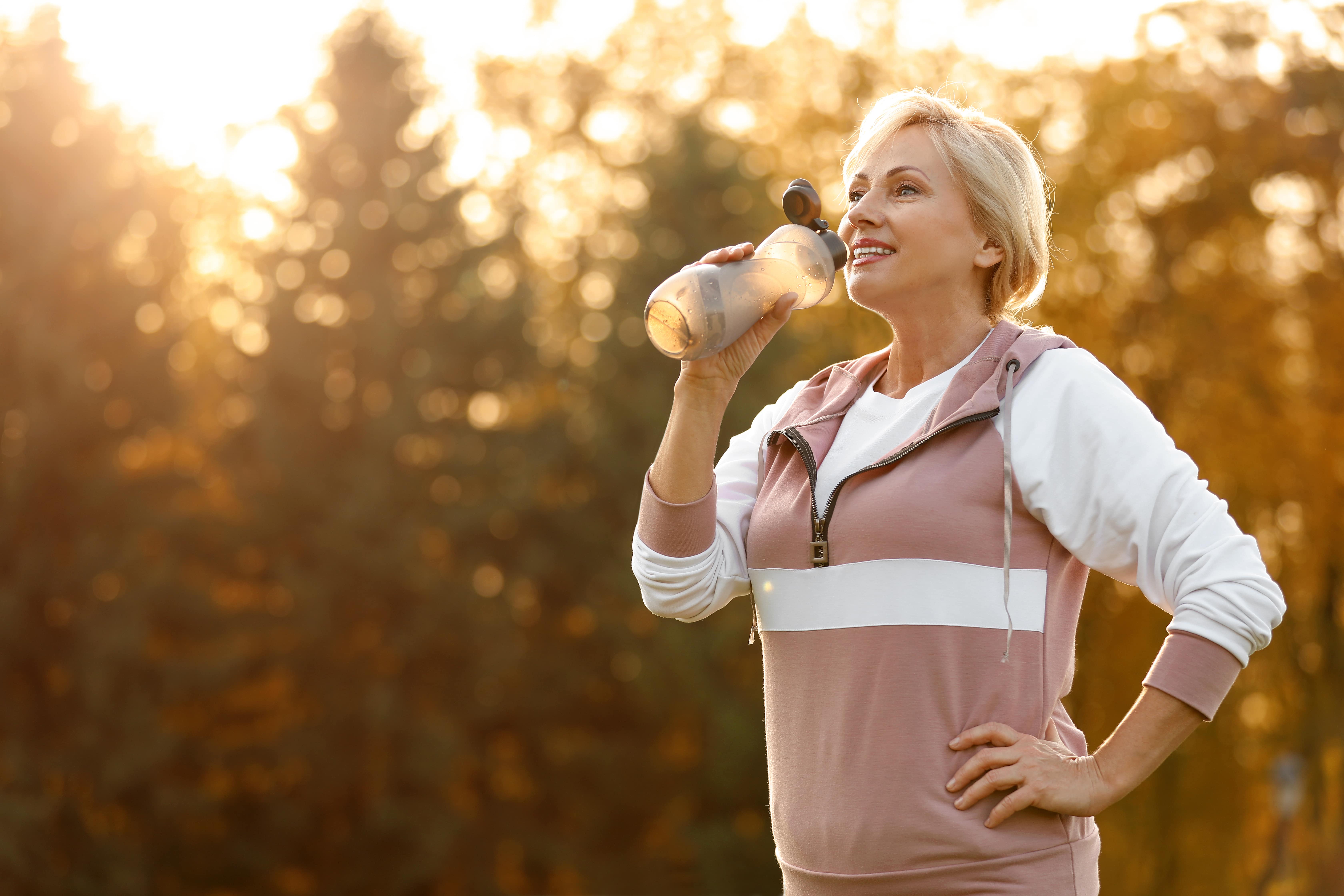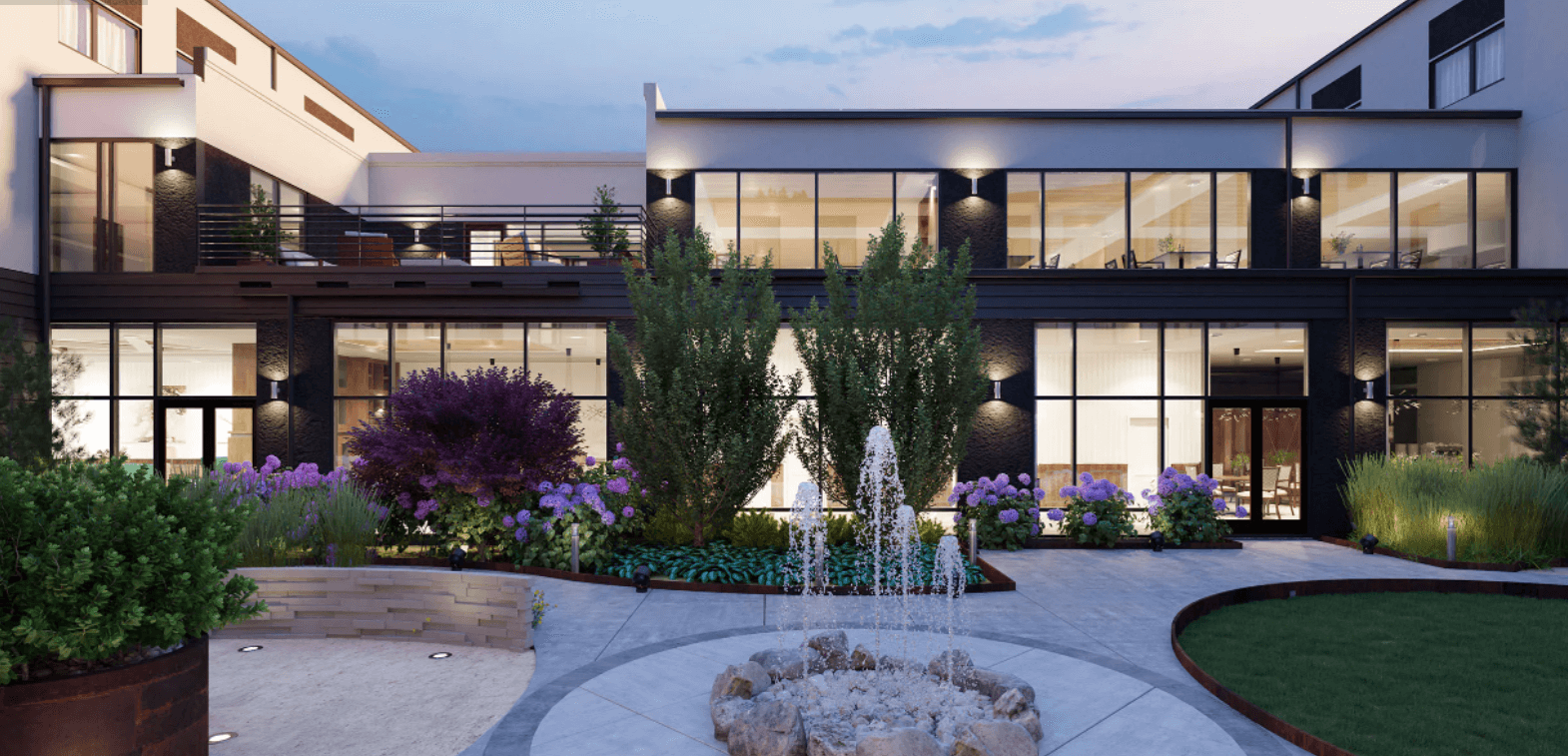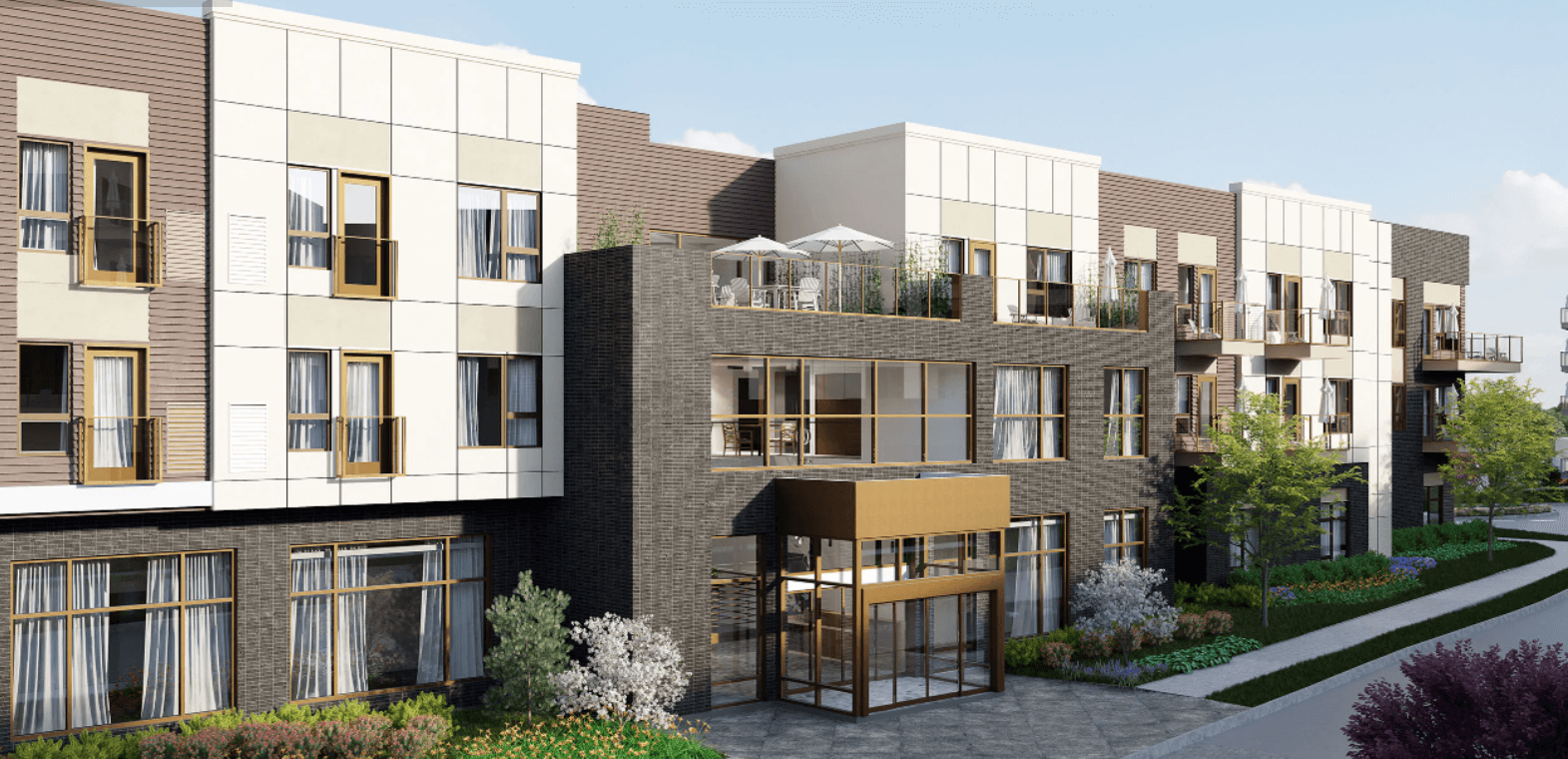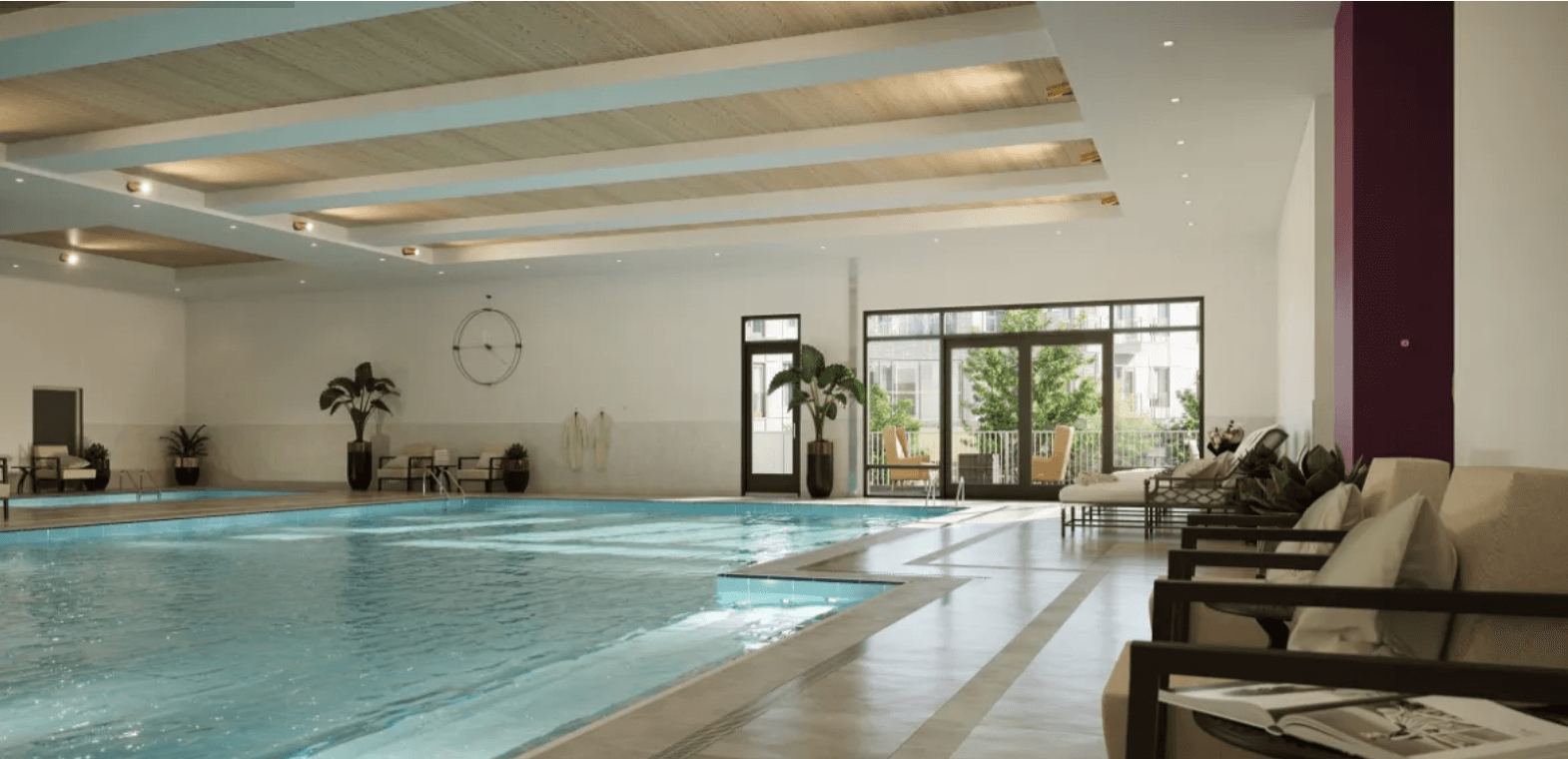Don’t let the term “low-impact” fool you – these exercises are a great way to get in a good workout and increase your heart rate. From a technical perspective, a low-impact exercise is one in which one foot is always planted on the ground. No-impact exercises are those where both feet stay on the ground at all times or your body is supported by a machine or water during the workout.
Low-Impact Exercises
Low impact exercise for seniors has the same goal as any cardio workout — get the heart beating. The difference with low-impact is you want something gentle on the joints. With high-impact exercises, the joints absorb most of the impact. For example, when you run, the back, hips, knees, and even feet absorb the energy as your body hits the ground. Low-impact takes a gentler approach.
Walking:
Walking for exercise has it all. It doesn’t require fancy equipment or a trainer. It offers almost the same advantages as running but without the jarring joint problems. If you pick up the pace a bit, you’ll find your heart rate increases, too. Our
Hiking:
Hiking is walking with a little more purpose. Hikers walk on natural paths like the local nature trail. The exercise benefit of hiking is typically more than walking around your neighborhood, too. Natural surfaces are full of inclines and uneven areas that add to the challenge.
Lunges:
A standard lunge puts one leg forward, with the knee bent and the other behind with the knee bent. It allows you to build strength and stability in some of your biggest muscles, including your back, stomach, buttocks, and thigh. Working these big muscles gets your heart pumping, as well.
Most Types of Dancing:
Dancing offers an overall, low-impact exercise that works almost every muscle, including the heart. It builds stability in the core and improves balance and coordination.
Rollerblading or Skating:
Skating is a comprehensive workout that activates all the muscles. It also builds leg strength but without taxing the joints.
Cross-Country Skiing:
Cross-country skiing increases your heart rate and your body’s ability to move oxygen. It involves most major muscles, too, so it builds strength and balance.
Step Aerobics:
Step aerobics provides a high-intensity workout but one that doesn’t tax the joints. It builds muscle, reduces fat, and improves heart health.
If you’re at risk for injury, it’s much better to stick to low-impact exercises for seniors. Low-impact workouts are also ideal for people who have undergone hip or knee replacement surgery. Low-impact exercises are often prescribed as part of rehabilitation and recovery.
No-Impact Exercises
Low-impact is gentler than high-impact, but there is still some stress on the joints. What is no-impact exercise? No-impact exercise is any exercise that doesn’t impact the joints. It is still possible to get a good workout with a no-impact exercise routine.
Swimming Laps:
Swimming is no-impact because the water absorbs most of the energy that affects the joints. Swimming is also a great way to build endurance, muscle, and cardio fitness.
Water Aerobics:
Like swimming, water aerobics allows you to move in a way that doesn’t stress the joints. Water aerobics improves cardiovascular health and balance. It is also an effective choice for those with chronic pain.
Elliptical Machines:
An elliptical machine mimics the movements of walking or running but without the jarring effect of your weight coming down on your joints. It also allows for weight-bearing movement to fight off osteoporosis.
Stationary Bikes:
A stationary bike offers fluid movement and improves blood flow. Since you are working mostly with your legs, it builds strength in some major muscle groups.
Rowing:
A rowing machine is a total body workout that uses almost all upper and lower body muscles. It is also relaxing and meditative.
Problem with High-Impact Exercises
When both feet leave the ground, such as when running or jumping rope, the body absorbs a lot of impact force. These impacts can be hard on bones, joints, tendons, ligaments, and muscles. High-impact exercises tend to burn more calories because they’re more intense workouts, but the chance for injury is much higher than with low-impact exercises.
If you’re at risk for injury, it’s much better to stick to low-impact exercises. Being able to do low-impact workouts is preferable to not being able to work out at all after suffering a preventable injury while pushing yourself too hard. Low-impact workouts are also ideal for people who have undergone hip or knee replacement surgery. Low-impact exercises are often prescribed as part of rehabilitation and recovery.
Older people who want to avoid injuries that may take a long time to heal should stick almost exclusively to low-impact and no-impact exercises. Weakening bones and osteoporosis are common in older Americans, and there’s not much you can do about it even if you adhere to a balanced diet and eat healthful foods. Refraining from high-impact exercises is one of the best ways to ensure you don’t suffer an injury that will put you out of the game for a prolonged period of time.
High-intensity workouts aren’t just a danger to your bones, joints, and ligaments. Regardless of age, there’s an increased risk for heart attack and stroke if you push yourself too hard. This is doubly true for people who aren’t acclimated to high-intensity training.
If you want to start working out to lose weight you should be commended for your efforts, but you shouldn’t immediately join a CrossFit gym and hit their routines with maximum intensity. It’s important to gradually increase your workout intensity as your body strengthens. Starting out gradually with low-impact and no-impact exercises is almost always the best way to start your journey.
If you have one of these three conditions, stick to low-Impact or no-Impact exercises.
Diabetic Neuropathy
Diabetics who experience diabetic neuropathy will likely struggle with high-impact exercises due to the pain and numbness they often experience in their legs and feet.
Arthritis
Depending on the severity of your arthritis and where you have joint damage, high-impact exercises may not be possible. People with arthritis in the hips, knees or feet should still find ways to exercise, but it’s important to participate in safe low- and no-impact options.
Osteoporosis
People with compromised bone density should abstain from high-impact exercises that could cause stress fractures.
Omaha Retirement Community Designed for You
Ovation by Avamere communities is designed to make it easy for residents to enjoy workouts of all types, including low-impact, no-impact, and high-impact exercises.
Both our Ovation Sienna Hills and Ovation Heartwood Preserve have senior-friendly fitness equipment and great pools and swimming facilities as well as an array of wellness and fitness classes designed for people of all fitness and health levels. When completed, the 500-acre area will be filled with miles of walking paths.
You can learn more about how Ovation by Avamere makes it easy for residents to stay healthy by calling Ovation Sienna Hills in St. George, Utah at 435.429.0000 or Ovation Heartwood Preserve in Omaha, Nebraska at 402.698.4735





